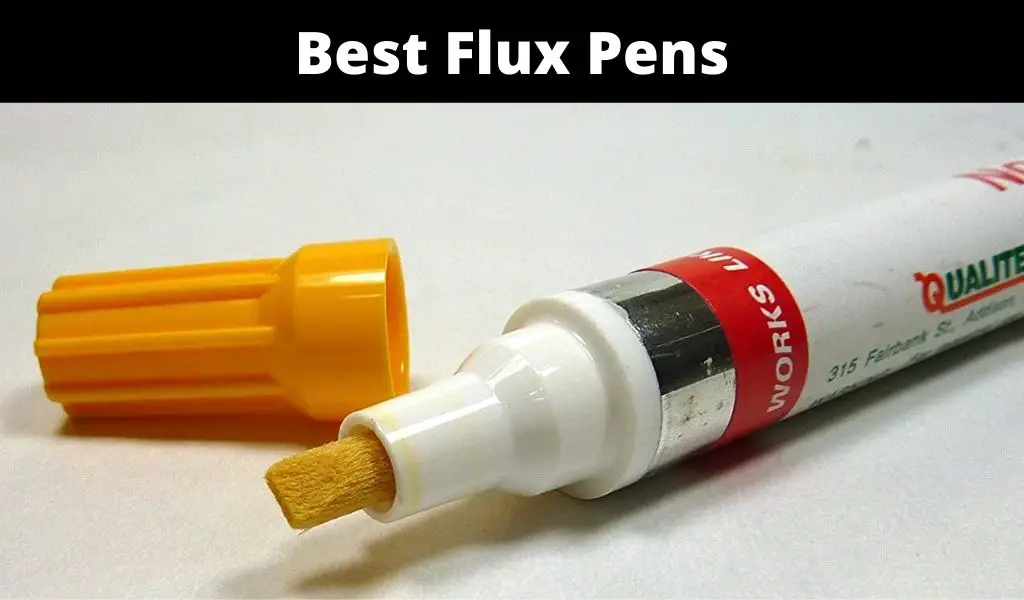From health and environmental perspectives, lead free solder is better. The most notable benefit of lead-free solder is the absence of lead. The dangers of lead are well documented. Lead has been proven to be a cumulative toxin that has many severe effects on the body (especially in young children).
Lead accumulates in body organs such as kidneys, liver, brain, and bones over time. During pregnancy, the lead can find its way into a developing fetus increasing miscarriage risks and causing many other problems such as organ damage and nervous system problems.
The effects of lead can cause behavioral, learning, and other development-related problems in children. There’s more to solder containing lead and lead-free solder below. Here’s everything you should know;
Lead Free and Leaded Solder
Traditionally, solder has always been composed of Lead and Tin. For electrical applications, solder has been made of 60% – Tin and 40% -lead.
However, given the dangers of lead that became apparent in the past few decades, new regulations began the era of lead-free solder. Notable regulation includes RoHS. Since 1st July 2006, there have been directives restricting the use of lead among other hazardous chemicals during manufacturing.
Lead free solder was born out of the need to offer a healthier and safer alternative. As the world reduces lead use around the globe, led by Europe, for health and environmental-based reasons, lead-free solder has become more common.
What’s in Lead Free Solder?
Lead-Free solder doesn’t contain any lead. Instead, the solder is largely Tin mixed with some copper or metals like zinc, indium, bismuth, antimony, silver, or other metals in different ratios.
The melting point of lead-free solder also varies depending on the metal in question. However, lead-free solder has a melting point that ranges from 50 – 200 degrees Celsius.
Advantages of Lead Free Solder
Environmental and Health Benefits
This is arguably the most notable benefit of using lead free solder. When lead is used in many processes, it eventually finds its way into the water, soil, and even air. Lead (present in fuels) has been responsible for air pollution in urban centers for decades before the introduction of unleaded fuel.
The metal also finds its way in lakes, rivers, and other water bodies through surface runoff when it rains. Once the lead is in water bodies, it affects marine life and people living around water bodies.
Lead pipes also contaminate drinking water with high exposure, responsible for many brain and kidney problems, among other health problems. By using lead free solder, you reduce all the environmental and health risks discussed above linked to lead.
Better Electrical Circuit Board Soldering
Lead free solder is better for electrical circuit board soldering applications than leaded solder. In PCB applications, lead-free solder doesn’t spread when reflowing, resulting in better bonds. What’s more, lead-free soldering doesn’t result in rapid stencil wear or other significant issues.
Circuit manufacturers who use leaded solder have a higher likelihood of experiencing voids as well as through-hole fillet lifting prevalent with lead-based soldering. In a nutshell, lead-free solder offers better results than leaded solder in electrical circuit board soldering applications.
Compliance Benefits
Using lead free solder also comes with RoHS compliance benefits. RoHS guidelines affect the global electronics industry. Individuals who disregard RoHS guidelines are bound to find themselves in all manner of trouble. Europe has very restrictive laws on the usage of hazardous materials in electronics manufacturing.
For instance, electronic manufacturers using lead-based solder may have their establishments shut down. They also stand to face other stringent enforcement actions. Using lead-free solder eliminates all RoHS-related enforcement actions.
Disadvantages of Lead Free Solder
While lead free soldering is great for the environment and your health, it comes with its fair share of pros and cons. The most notable cons include;
Lead Free Solder Can Be Challenging to Handle
Lead free solder works great. However, there are some areas where the solder isn’t comparable to lead-based solder. For instance, lead solder is easier to handle. The solder flows well and reaches working temperature faster.
Leaded solder melts at lower temperatures when compared to lead free solder. Lead free solder melts at 217 degrees Celsius (against approximately 183 degrees Celsius for lead-based solders).
The high temperature can damage components in typical electronic applications. This creates other problems i.e., electronic components must be protected to ensure they withstand the higher temperature.
Lead Free Solder Comes with Quality Issues
Lead-free soldering requires high wattage-solder irons to reach the high temperature required to melt lead free solder. This comes with notable problems such as an increased risk of head damage.
Lead soldering has fewer quality problems linked to the head. In most cases, the head will need to be removed quickly.
Surface Tension Problems
Lead free solder also lacks the surface tension required for the soldered joint to resist external forces. Soldering is partly measured by the interaction between dispersive and polar forces of adjacent phase surfaces.
Surface tension enables good adhesion. If exposed to extreme environments, components joined together using lead-based solder will perform better.
Durability
Lead free solder also has a shorter shelf-life when compared to leaded solder. When exposed to oxygen and other environmental agents, lead-free solder may age. Pure lead solder has lower aging mechanisms, with the shelf life being approximately twice as long as lead free solder.
As a result, lead-free solder may be best for specific time-sensitive applications i.e., when soldering immediately. The application also needs to be precise otherwise, you may be left with lead free solder that will age and become unusable in the future.
Conclusion
Is lead-free solder better? Yes! The health and environmental hazards of lead-based solder outweigh most benefits in usage. Lead is a proven toxin with adverse effects on human health, animal health, and the environment.
While lead-free solder is hard to handle, less durable, and comes with quality and surface tension problems, these problems can be overlooked in typical applications. What’s more, manufacturers and individuals living in countries with strict RoHS guidelines must use lead-free solder.






